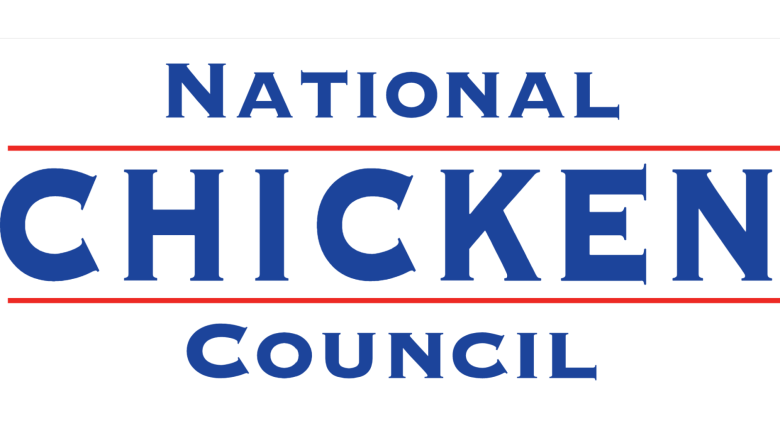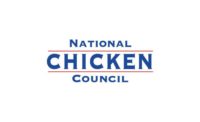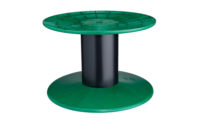National Chicken Council highlights industry efforts to reduce food waste
Several current and pending regulatory policies either do or would contribute to food waste in the chicken industry.

Courtesy of the National Chicken Council
In comments submitted to the Environmental Protection Agency, the National Chicken Council outlined the many ways in which chicken producers reduce food waste, recycle byproducts and utilize products that would otherwise be destined for landfills. The comments were in response to the agency’s proposed Draft National Strategy for Reducing Food Loss and Waste and Recycling Organics.
In its comments, NCC emphasized several important points and areas for enhancing the national strategy, including:
- The use of byproducts. An example of minimizing food waste is the use of various byproducts in chicken feed, including bakery meal, animal proteins/fats, distillers dried grains with solubles (DDGS) and peanut meal. By nature, chickens are excellent at upcycling, as they can readily digest these byproducts that would otherwise go to waste and turn them into protein for energy.
- Rendering. Rendering is the process of using high heat and pressure to turn various meat and poultry byproducts into reusable, nutrient-dense items for consumption by livestock and pets or into organic fertilizer. Poultry processing facilities across the U.S. use rendering facilities to process inedible parts of the bird or those parts that do not meet standards for human consumption. One of the most common byproducts from the poultry industry is feather meal. Feathers are collected at the processing plants, ground, and dried and made into a slow-release, organic fertilizer or a feed additive for livestock.
- Automation and transportation. Technological expansions in poultry processing plants have greatly reduced food waste. Automated technologies help ensure chicken is cut into parts more accurately, thereby minimizing miscuts, downgrades and products that may be sent to rendering. These technologies have greatly improved yield, ensuring that more meat is removed from the bone and enters the food supply. As artificial intelligence develops and technologies are perfected, the industry will continue to minimize food waste from chicken production, ensuring that everything from the bird is yielded and little goes to waste.
Unfortunately, several current and pending regulatory policies either do or would contribute to food waste in the chicken industry, and NCC is urging FDA and USDA to reevaluate these policies.
USDA’s Food Safety and Inspection Service is pushing a proposed Salmonella Framework, which is being drafted with the goal of improving food safety — decreasing Salmonella on raw poultry products, specifically — but is not based on scientific data nor is it associated with any known public health outcomes.
This regulation will likely result in entire days of production being wasted, farmers having extended out times, delayed shipments of birds and chicks, and grocery stores and restaurants being delayed fresh product. If any test comes back positive, processing facilities will be forced to either cook, render or throw away the chicken, when it is safe to eat when properly cooked and handled. As a low estimate, if just 1% of the over 46 billion pounds of chicken produced each year were discarded or rendered, this would lead to over 460 million pounds of fresh chicken being wasted annually.
“Without spending additional resources, agencies can take action to not only reduce waste but also decrease food prices while increasing their availability for consumers,” NCC’s comments concluded. “By working cooperatively towards achieving this goal, innovative solutions can be found.”
Source: National Chicken Council
Looking for a reprint of this article?
From high-res PDFs to custom plaques, order your copy today!








